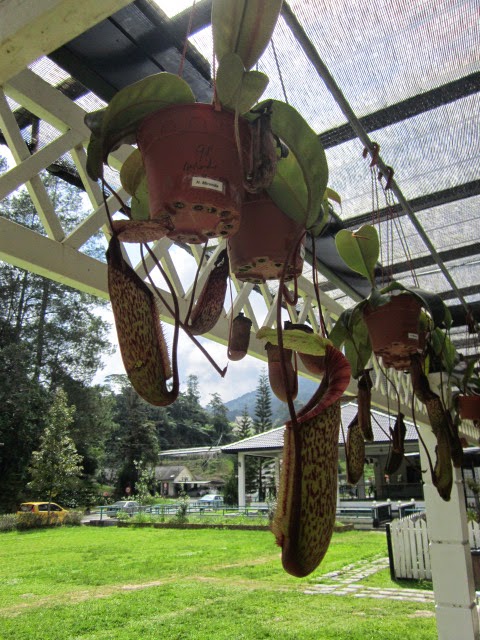A pitcher plant usually consists of a shallow root system and a creeping or climbing stem, often several meters long, and usually 1 cm or less in diameter (may be thicker in a few species, e.g., N. bicalcarata ). From the stem arises leaf-like expanded leaf stalks, similar to certain Citrus species, ending in a tendril, which in some species aids in climbing. The end of the tendril forms the pitcher, considered to be the true leaf. The pitcher starts as a small bud and gradually expands to form a round or tube-shaped trap.
The trap contains a fluid which is secreted by the plant, and may be watery or syrupy, and is used to drown the prey. The lower part of the trap contains glands which absorb the nutrients released from the decaying prey. Along the upper inside part of the trap is a slick waxy coating which makes the escape of its prey nearly impossible. Surrounding the entrance to the trap is a structure called the peristome (or ‘lip') which is slippery and often quite colourful, attracting the prey but offering an unsure footing. Above the peristome is a lid (the operculum); in many species this keeps rain from diluting the fluid within the pitcher. The pitcher may contain nectar glands which attract the prey.



